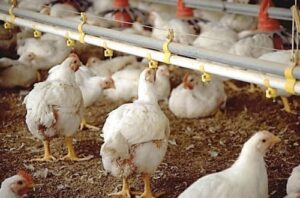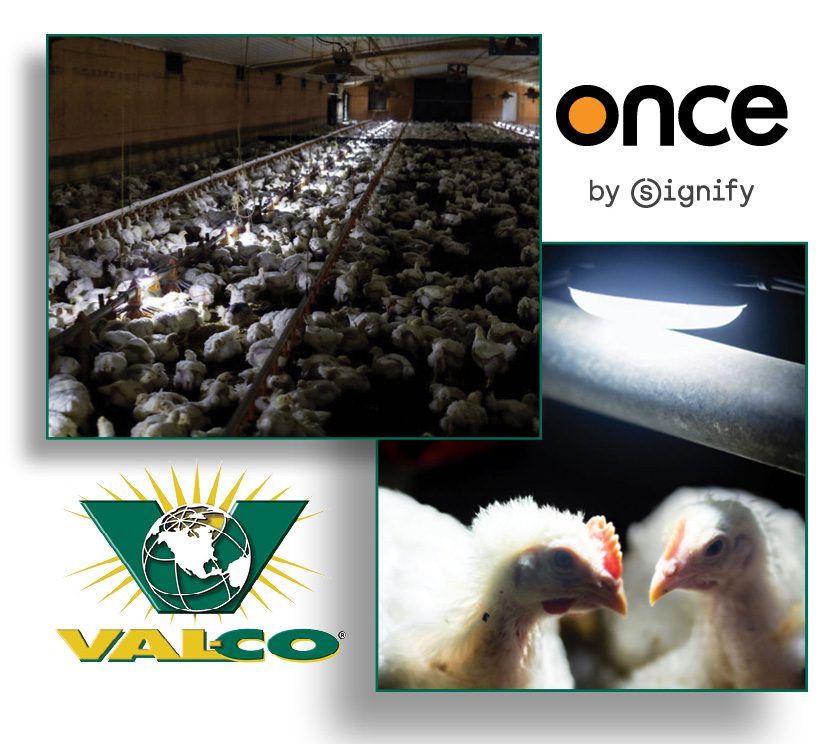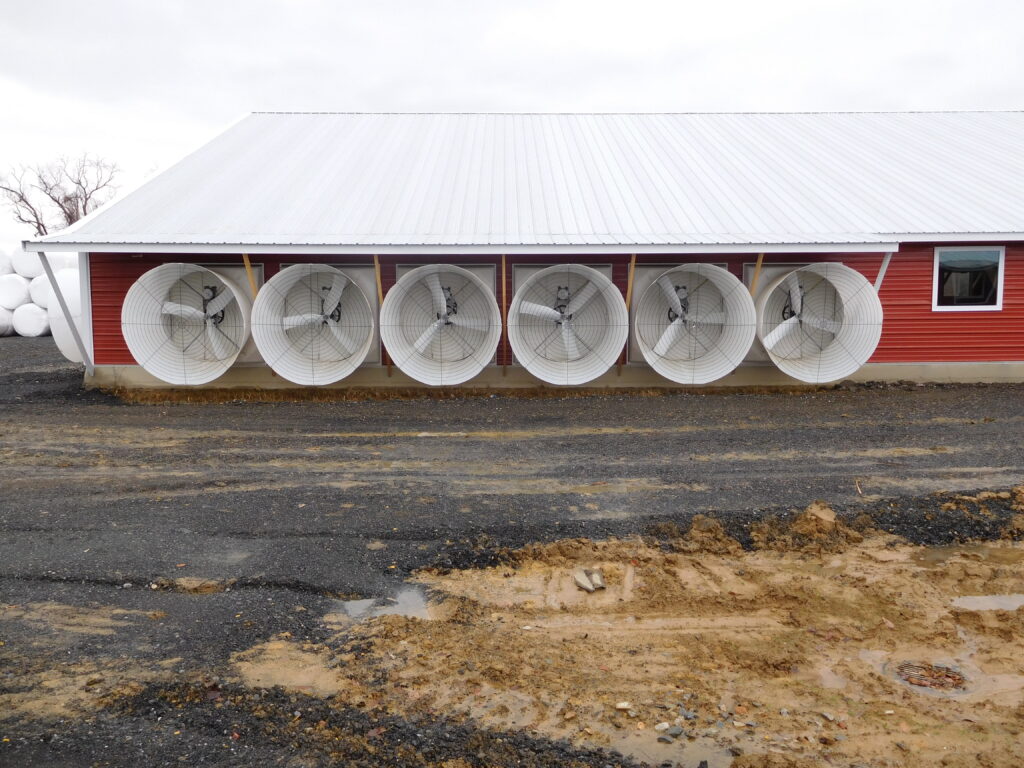Water consumption vs water usage
 Broiler chickens consume roughly two pounds of water for every pound of food consumed, making water the nutritional backbone of broiler performance. Having palatable, plentiful drinking water is always important, but perhaps even more so during periods of heat stress, when consumption increases to help regulate body temperature. Water consumption can double or triple during periods of heat stress, up to 7% for each degree F increase in temperature.
Broiler chickens consume roughly two pounds of water for every pound of food consumed, making water the nutritional backbone of broiler performance. Having palatable, plentiful drinking water is always important, but perhaps even more so during periods of heat stress, when consumption increases to help regulate body temperature. Water consumption can double or triple during periods of heat stress, up to 7% for each degree F increase in temperature.
It’s important to understand the distinction between water usage and water consumption. Water usage is what goes through the water meter. Water consumption is what goes through the bird. Measuring the input of water is easy but knowing how much is going into the bird is nearly impossible. Because we can only really know how much water is being delivered (usage), it’s imperative that the water is as consumable as possible.
Water and feed consumption rates are interdependent. Reduced water intake = reduced feed intake = reduced weights. If water is cool and clean and in the appropriate pH range, nipples are not prone to leaking and at the proper height for the birds’ age, we can safely track water usage through the meter and use its indications as a guideline for bird consumption.
A study from the Applied Broiler Research Farm highlights some trends: (note that “consumption” and “usage” are used interchangeably here)
- Consumption was similar for all seasons until approximately day 18, when hotter seasons began to show much higher water usage patterns.
- By day 21 consumption in warmer seasons outpaced cooler season usage by 6-10 gals/1000 birds daily.
- Water usage dropped when birds began eating withdrawal feed.
Another similar trial saw peak water consumption happen at 19 days and 26 days but noted that after 26 days consumption decreased. Water consumption increases with age but decreases as a percentage of body weight.
 There are often critical high demand periods, such as when lights come on or sprinklers are running, that results in spikes of higher water consumption. Digital water meters connected to controllers can monitor that usage on both a 24-hour basis, and in allotted time increments during the day, to help paint a clear picture of water usage and consumption by the birds. Knowing this information can help track down performance issues on a farm.
There are often critical high demand periods, such as when lights come on or sprinklers are running, that results in spikes of higher water consumption. Digital water meters connected to controllers can monitor that usage on both a 24-hour basis, and in allotted time increments during the day, to help paint a clear picture of water usage and consumption by the birds. Knowing this information can help track down performance issues on a farm.
If usage remains unchanged for more than a day or two, try to identify the cause:
- Drinker line height too high or low?
- Air locks in the lines?
- Water pressure too low?
- Filters or drinkers clogged?
- Changes in day length or light intensity?
- Feed changes or shortages?
- Illness?
- Inadequate plumbing or pipe sizing?
Developing usage patterns specific to your farm and your equipment can alert you early on to potential problems that could cost you in the end. Avoid as many of those problems by following proper guidelines for drinker line height, keeping the ends of the water lines slightly raised to prevent air locks, monitoring pressure as birds grow, flushing water lines at least weekly (more often during hot weather to keep water cool) and backflushing filters between flocks, and monitoring well levels and water quality.




